On the same day President Trump lamented on Truth Social that “we have lost India and Russia to deepest, darkest China”, Singapore’s Prime Minister Lawrence Wong, on an official visit to New Delhi, appreciated India’s interest in joint naval patrols in the strategic Malacca Strait—highlighting the enduring nature of the China-India rivalry shaping Asia’s future.
This came close on the heels of the announcement of India’s multi-billion-dollar project to build a transshipment port, airport, power plant, and township on the Great Nicobar Island (GNI)—located astride the busy Malacca Strait—thereby underscoring intent to leverage geography for strategic advantage. The Strait provides the shortest sea route between the Middle East and East Asia. It gives New Delhi a strategic perch over the Six Degree Channel, the narrow passage through which up to 60 per cent of global trade and most of China’s energy imports flow.
The Andaman and Nicobar chain of 572 islands (ANI), stretching from Myanmar to Sumatra, serves as India’s natural maritime fortress, with Great Nicobar offering New Delhi a forward base between the South China Sea and the northern Indian Ocean. By developing the island chain, India aims both to counter China’s naval expansion and to transform Great Nicobar into “India’s Singapore”, a growth hub for the Bay of Bengal and a pivot in its Indo-Pacific strategy.
Playing Politics with Geopolitics
However, as is often the case with most mega-projects in India, the $9.6 billion Great Nicobar project has also become embroiled in controversy. Congress leader Sonia Gandhi has denounced it as a “planned misadventure”, citing the trampling of tribal rights, environmental destruction, and legal bypasses. Critics warn of damage to coral reefs, sea turtle nesting grounds, and the displacement of the Shompen tribe. Yet Congress’s opposition takes on a deeper significance when viewed against the party’s still-secret 2008 MoU with the Chinese Communist Party, signed in the presence of Xi Jinping.
Going by the CCP’s MoUs elsewhere, that pact likely bound both parties to consult and avoid actions detrimental to the other’s strategic interests—fuelling speculation that Congress’s stance may align, intentionally or not, with China’s strategic interests. At its core, the debate pits ecological survival against geopolitical goals. For its part, the ruling Bharatiya Janata Party frames the project as a strategic imperative: an unsinkable aircraft carrier at the mouth of the Malacca Strait, vital for India’s naval reach, power projection, and Indo-Pacific posture, dismissing Congress’s opposition as obstructionist at best, and at worst, inadvertently advancing Beijing’s regional ambitions.
Impact Shorts
More ShortsGround Zero
The Bay of Bengal and the Malacca Strait are indeed the ground zero in India–China maritime rivalry. Encounters between their navies in the Indian Ocean are becoming more frequent. Beijing sees the Great Nicobar project as a threat—extending India’s naval and economic reach in the eastern Indian Ocean and challenging Beijing’s bid for regional dominance.
Chinese research and fishing vessels have been mapping the seabed for submarine deployments in the Indian Ocean. In 2019, the Indian Navy expelled a Chinese research ship operating near the Andaman Islands. In neighbouring Myanmar, India’s development of Sittwe port and China’s construction of Kyaukphyu port illustrate the intensifying contest for strategic footholds. The littoral states of the Bay of Bengal now find themselves increasingly entangled in the rivalry between Asia’s rising powers.
This maritime rivalry must be seen against the backdrop of China’s expanding naval ambitions. Chairman Xi Jinping envisions sea power as central to restoring China’s “rightful place” in the world. With over 370 warships and submarines, China now possesses the world’s largest navy, eroding US predominance at sea.
Having consolidated its hold over the South China Sea by militarising artificial islands, China’s navy has now set its sights on the Indian Ocean. As China’s economic interests have grown, so has its military presence in the Indian Ocean. Over the past decade, China has maintained a continuous presence of 10–12 warships, submarines, and research vessels on average.
Chinese Checkers in Indian Ocean
Chinese strategists wax lyrical about resurrecting Admiral Zheng He’s 15th-century expeditions to the “Western Ocean” (the old name for the Indian Ocean). Beijing’s cultivation of friendly, pliant regimes along the Indian Ocean littorals through economic inducements and strategic pressure mirrors the Ming dynasty’s past attempts to control the trade routes by altering political regimes in Malacca, Sumatra, and Sri Lanka so as to facilitate commercial and political dominance.
Retired Rear Adm Yin Zhuo advocates building “at least five to six aircraft carriers” to maintain “two carrier strike groups in the West Pacific Ocean and two in the Indian Ocean”. At the same time, American strategist Alfred Thayer Mahan’s theories of sea power inform China’s Belt and Road Initiative, aimed at securing overseas markets, resources, and bases. Beijing has poured investment into ports in Cambodia, Thailand, Myanmar, Bangladesh, and Sri Lanka, while projecting an even stronger naval presence across the western Indian Ocean—from the Maldives and Pakistan to Djibouti and Africa’s east coast—positioning itself astride critical maritime chokepoints.
By securing port access, conducting anti-piracy patrols, and supplying military hardware to littoral states, China is steadily entrenching itself as a “resident power” in the Indian Ocean. The launch of the China–Indian Ocean Forum in 2022, notably excluding India, underscores Beijing’s determination to shape regional dynamics without accommodating its southern rival.
Containment Begets Containment
Confronted with a heavily militarised land frontier that erupted into clashes in 2020, India’s Great Nicobar project signals that Chinese pressure along the Himalayas could carry significant costs at sea—through the chokepoints that carry most of China’s trade and energy—thereby strengthening New Delhi’s overall deterrence vis-à-vis Beijing.
India has also unveiled plans to expand its naval fleet from 140 to over 200 by 2035—an ambitious buildup to secure its seas, including four nuclear submarines and three carrier battle groups—deployed in the Arabian Sea, Bay of Bengal, and northern Indian Ocean. The tri-service Andaman and Nicobar Command (ANC) at Port Blair and the Island Development Agency are transforming the archipelago into a forward military base and economic hub. The island already hosts the Indian Navy’s INS Baaz airbase.
Since 2017, the Indian Navy has maintained round-the-year, mission-ready deployments near key maritime chokepoints and has conducted joint exercises with Japan, the US, Australia, and Southeast Asian partners, emphasising anti-submarine warfare to track Chinese submarines transiting from the Western Pacific into the Indian Ocean. India’s participation in the Quad’s Indo-Pacific Partnership for Maritime Domain Awareness, the US-led Combined Maritime Force in the Arabian Sea, and arms transfers to Vietnam and the Philippines further enhance its deterrence posture.
The Indian Navy’s Maritime Infrastructure Perspective Plan aims to transform minor island detachments on ANI into fully developed maritime hubs. Upgrades to airfields, jetties, and military facilities will link the archipelago to major trade routes while enhancing surveillance and rapid-response capabilities across the Andaman Sea and Bay of Bengal. These measures reinforce India’s Act East Policy and its commitment to a “free and open” Indo-Pacific, while turning a remote outpost into a linchpin of India’s maritime power and strategic reach.
Despite tensions over trade and Russia, defence cooperation remains a cornerstone of India–US relations. India’s planned $4 billion purchase of six additional P-8I aircraft, supplementing its existing fleet of 12, will enhance anti-submarine warfare and surveillance in the eastern Indian Ocean, especially when deployed from the Nicobar Islands. As part of this effort, plans are afoot to deploy an initial network of unmanned surface vessels patrolling key sea routes and chokepoints by March 2026, strengthening early warning and situational awareness.
By the end of 2027, Andaman Port will include liquefied natural gas storage facilities, providing additional energy security for military and civilian vessels. Complementing this, India has invited Japan to invest $30 million (4.02 billion yen) through an Official Development Assistance programme, reflecting deepening cooperation in maritime infrastructure and security.
Tokyo is boosting cooperation with both India and Southeast Asia, with reported investments in the Andamans and Indonesia’s Sabang port. The Andamans are poised to anchor a coordinated surveillance network across the Malacca, Sunda, Lombok, and Ombai-Wetar Straits, leveraging India’s archipelago alongside Australia’s Cocos (Keeling) Islands, cementing their role as a cornerstone of India’s integrated deterrence strategy.
Nautical Games
Once fully implemented, the Great Nicobar project could prove to be a masterstroke.
Economically, it aims to position India as a major hub in global shipping and logistics on par with Colombo and Port Klang, reducing reliance on foreign ports that drive up costs and delays. The potential offshore deposits of cobalt, nickel, copper, and manganese further enhance the project’s significance, offering a path toward mineral self-sufficiency at a time when China’s near-monopoly on rare earths and export restrictions threaten India’s industrialisation.
Strategically, the project counters China’s growing naval investments in Cambodia, Myanmar, Sri Lanka, Pakistan, and Africa while enhancing India’s maritime and underwater domain awareness across the eastern Indian Ocean. By aligning economic and security goals, Great Nicobar enhances India’s deterrence against China.
Beijing, for its part, watches warily as India deepens tighter security ties with Southeast Asian littorals, Japan and Australia. China perceives the Nicobar development ominously as aggravating its “Malacca Dilemma”. Following India’s 2018 strategic investment in Indonesia’s Sabang port, near the northwestern entrance to the Malacca Strait, China’s Global Times warned that Beijing would not “turn a blind eye” if New Delhi sought “military access” to Sabang, cautioning that India could “entrap itself into a strategic competition with China and eventually burn its own fingers”. Just as the US and allies cannot let China dominate the Western Pacific, China will resist India’s influence in the eastern Indian Ocean.
For whoever dominates the Andaman Sea controls the Malacca Strait. Expect Beijing to counter the project through support for domestic critics in India, calibrated military countermeasures, and diplomatic pressure on Myanmar, Thailand and Bangladesh. Circumventing American and Indian defences and penetrating the Andaman Sea are crucial to China’s Indian Ocean goals.
An Enduring Rivalry
In short, as China’s navy goes south to the Indian Ocean, India’s navy is moving east toward the Pacific. For both powers, forward presence has acquired greater salience in their national security strategies to achieve situational awareness in areas of strategic interest. For Beijing, this means having a presence in the Indian Ocean; for New Delhi, having a naval presence in the Pacific is critical to its strategic deterrence against Beijing, particularly since $66 billion worth of exports and roughly one-third of India’s trade transit through the South China Sea.
India’s Great Nicobar project is more than an infrastructure initiative; it is a strategic gambit to monitor key maritime chokepoints, counter Beijing’s naval expansion, and enable rapid deployment of naval and air assets as a first security provider. Unlike the United States and India, which have never gone to war, Beijing and New Delhi share a long history of clashes over territory, strategic space, and competing visions of Asia and the world—their tensions sharpened by the widening economic and military gap between them. India’s trade deficit with China is almost three times the size of its trade surplus with America.
Despite occasional tactical thaws, mutual containment will remain the defining feature of their relationship, from the Himalayan heights to the depths of the Indian Ocean. Their rivalry is not episodic but structural and will remain the central axis of Asian geopolitics. If the 20th century’s geopolitical competition played out across the Atlantic and Pacific, the 21st century’s geopolitical contestation is unfolding in the Indian and Pacific Oceans.
Should Trump’s America choose retrenchment, ceding spheres of influence to Russia in Europe and China in Asia, the consequences would be profound: Beijing’s appetite for risk-taking and expansion, after consolidating control over the First Island Chain, will grow—making the northern Indian Ocean as contested and conflict-prone as the South China Sea and compelling India to deepen counter-containment with partners such as Japan and Russia. History shows that even a weaker and more isolated India did not kowtow to China; with far greater capabilities today, New Delhi is even less likely to do so in the future.
Conclusion
The Great Nicobar project is New Delhi’s clearest signal yet that it intends to contest—not partner with—China in the Indo-Pacific. It is also a litmus test of India’s ability to integrate economic development with national security imperatives despite formidable domestic and external challenges.
Success will hinge on aligning domestic political will with state capacity and international partnerships while blunting Chinese efforts to stoke local dissent. As China entrenches itself as a resident power in the Indian Ocean, it is in the interests of the United States, Japan, Australia, and the Southeast Asian littorals to back a joint Indo-Pacific Maritime Infrastructure and Surveillance Initiative (MISI).
Such an initiative would enable real-time maritime and underwater domain awareness while integrating logistical upgrades—ports, LNG hubs, and repair facilities—across strategic island outposts in the eastern Indian Ocean. MISI would complement India’s Act East policy and America’s Indo-Pacific Strategy while drawing in Japanese and Australian co-financing for resilient infrastructure in the Nicobars and across the wider littoral. Crucially, it would bolster regional defences against Chinese expansion without requiring formal alliances or risking overextension.
Mohan Malik is currently Professor of Strategic Studies at the UAE National Defence College and Non-Resident Fellow at the NESA Center for Strategic Studies. His books include China and India: Great Power Rivals (Lynne Rienner, 2011) and Maritime Security in the Indo-Pacific (Rowman & Littlefield, 2014). Views expressed in the above piece are personal and solely those of the author. They do not necessarily reflect Firstpost’s views.


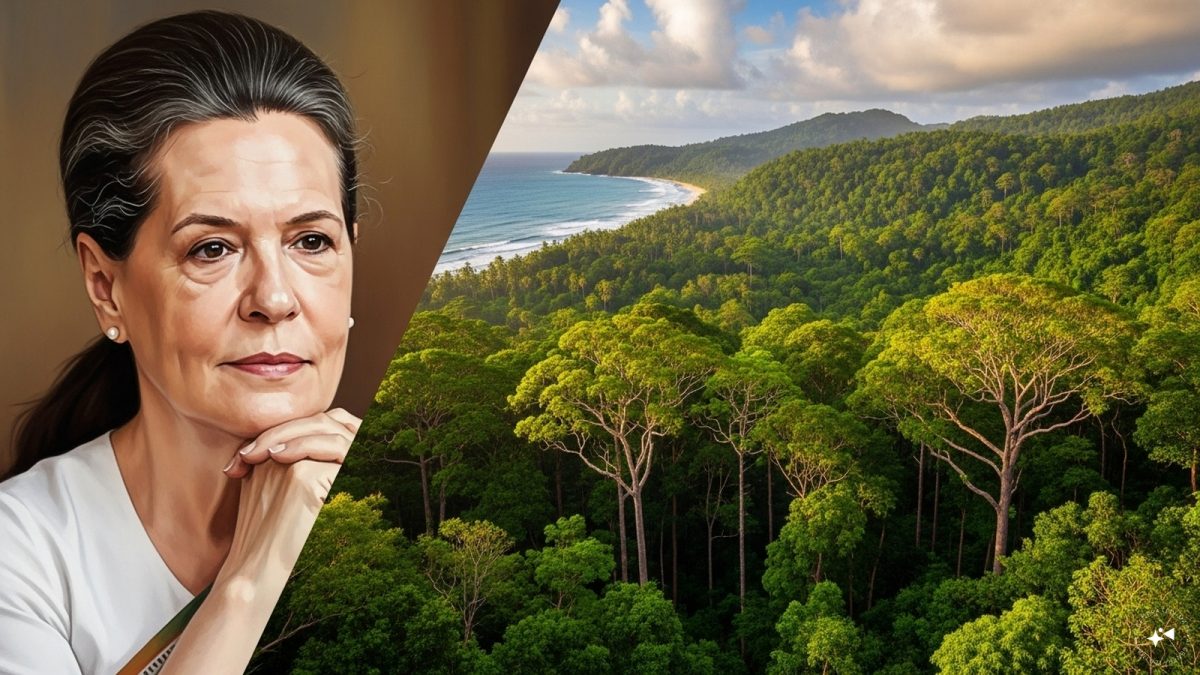)
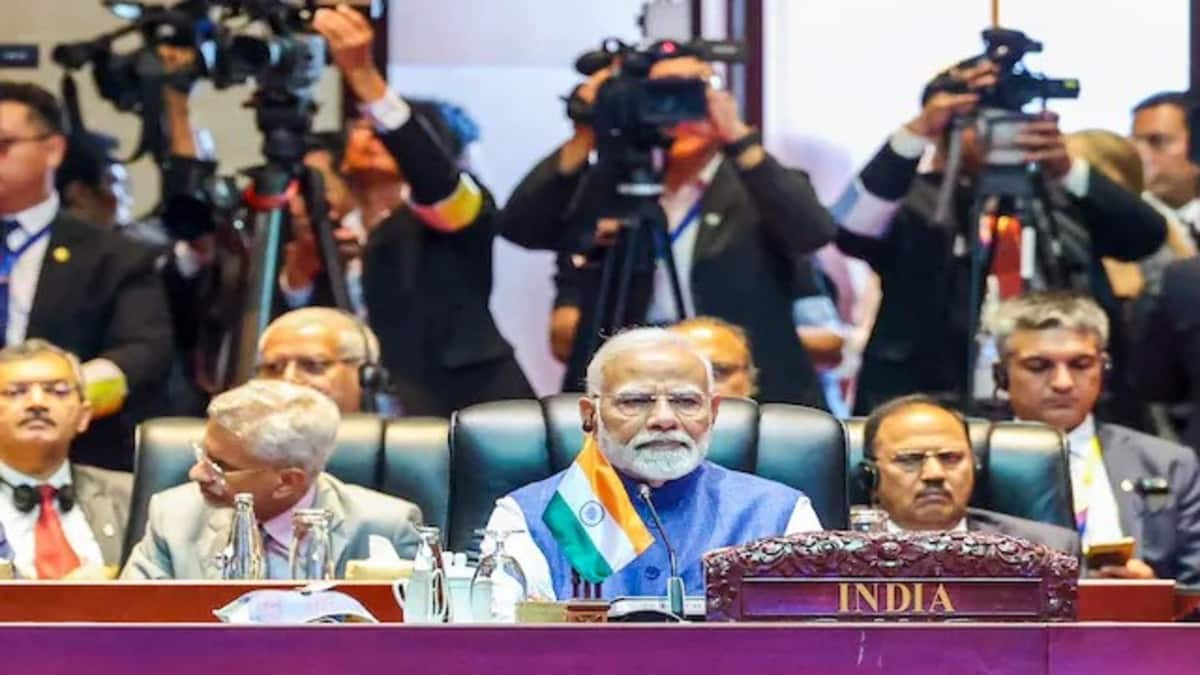
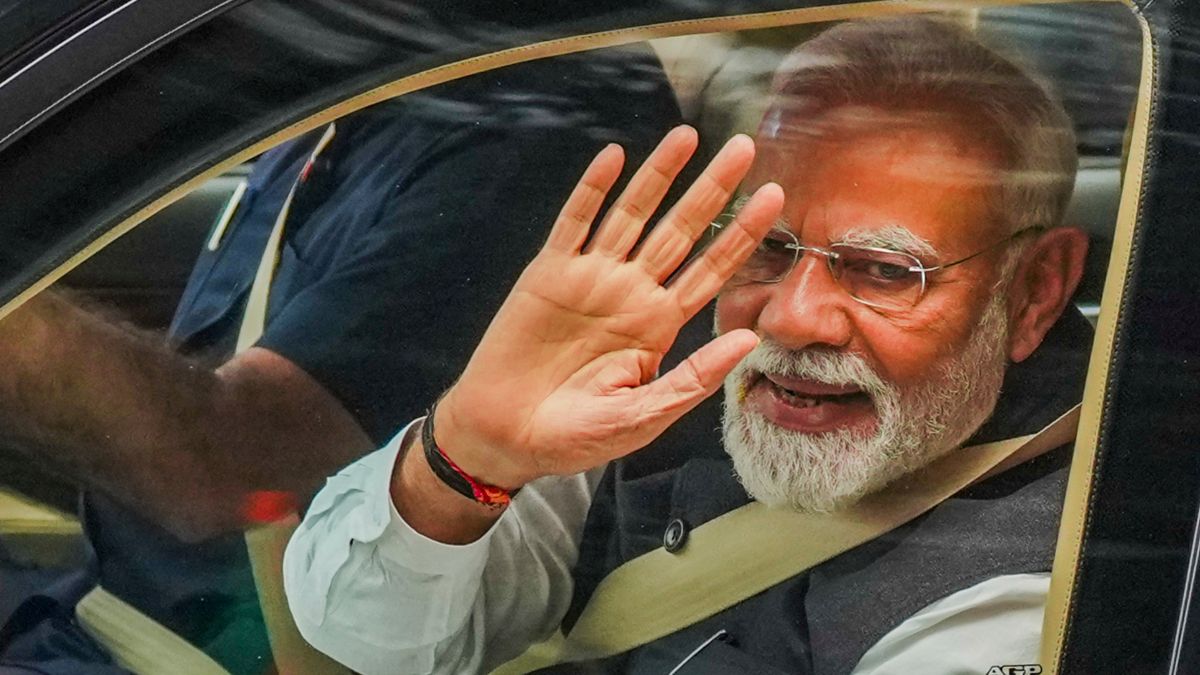)
)
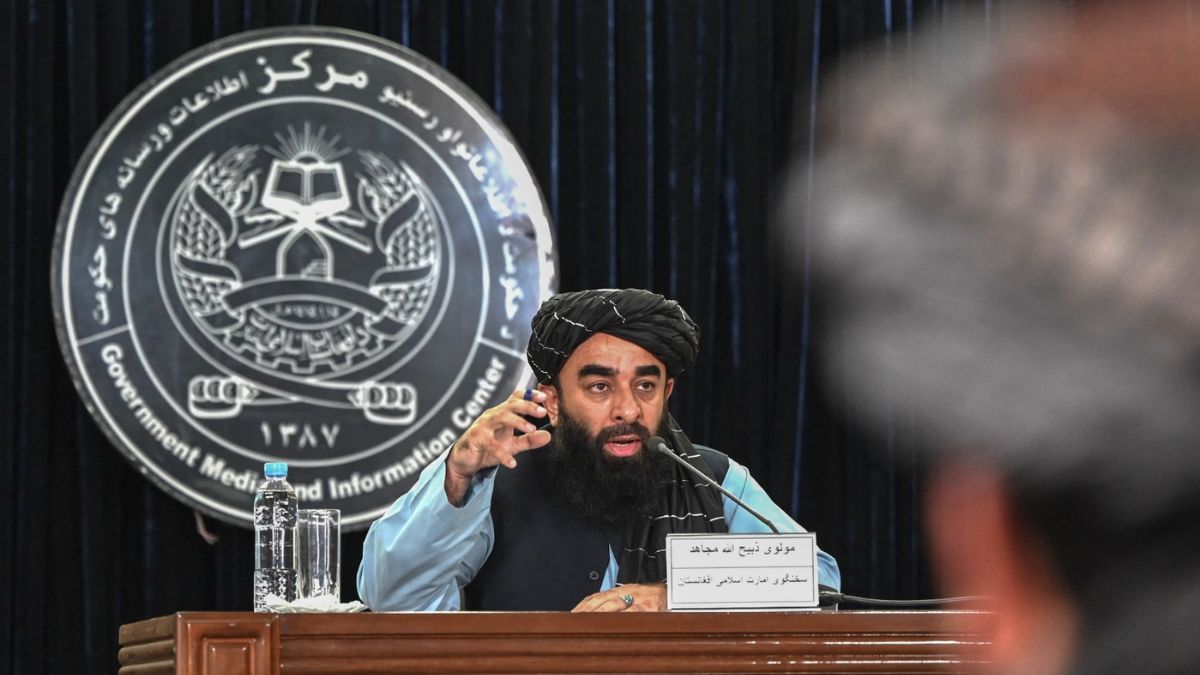)
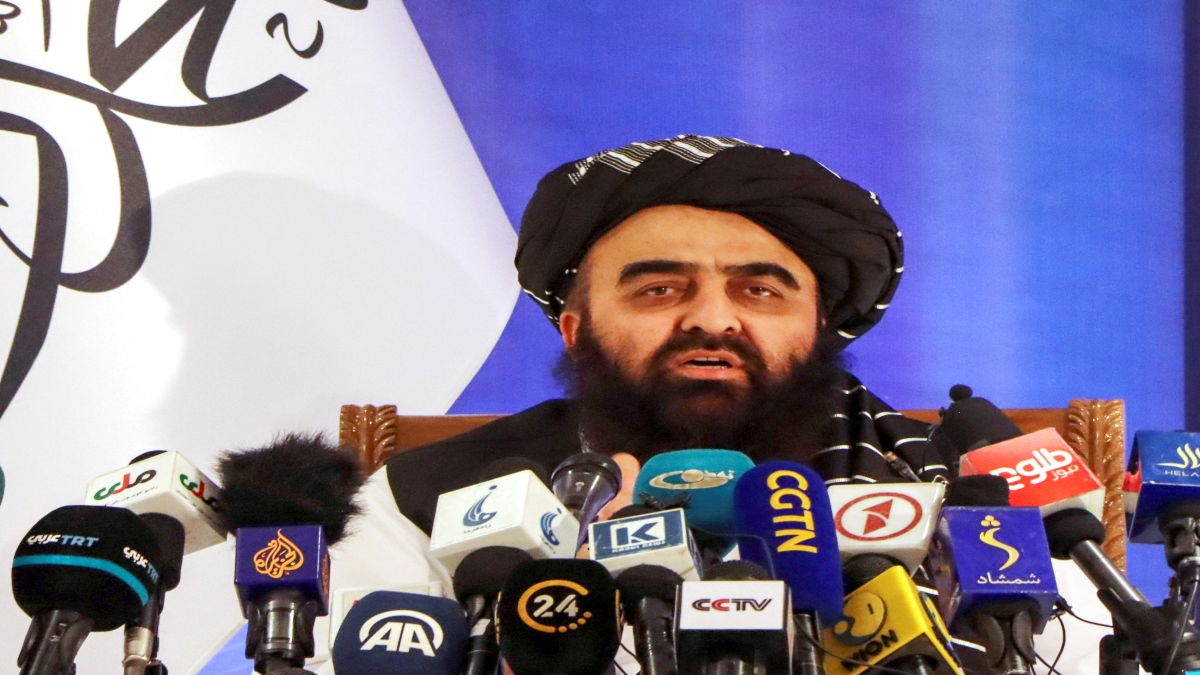)
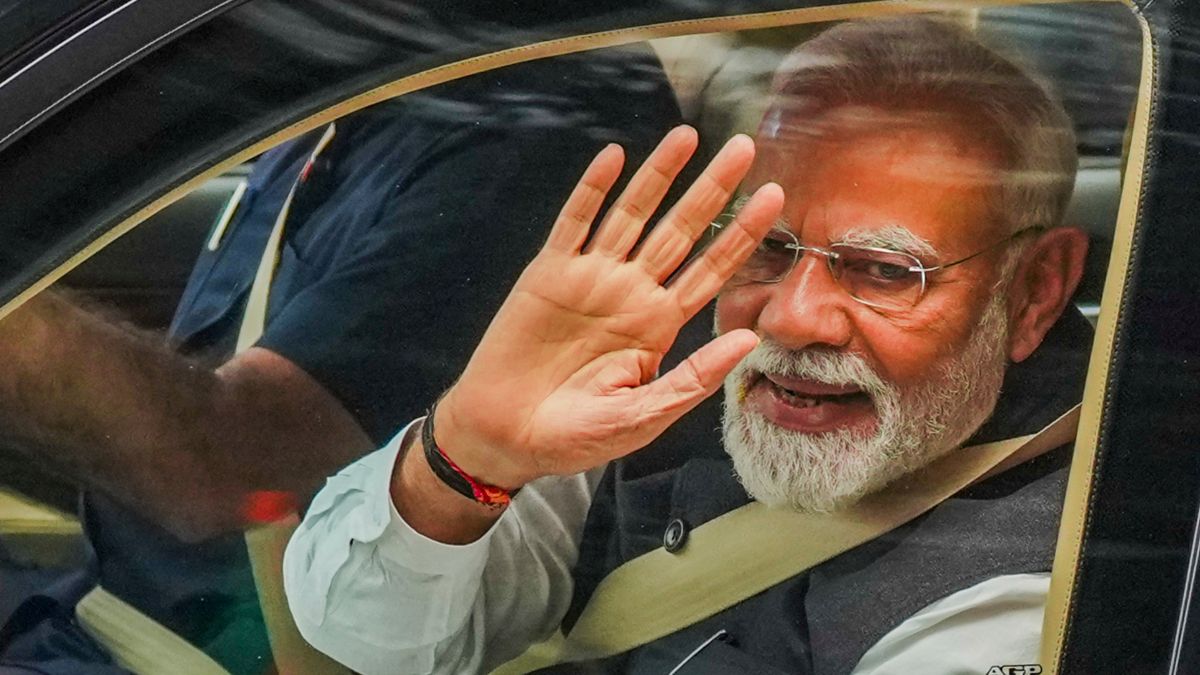)
)
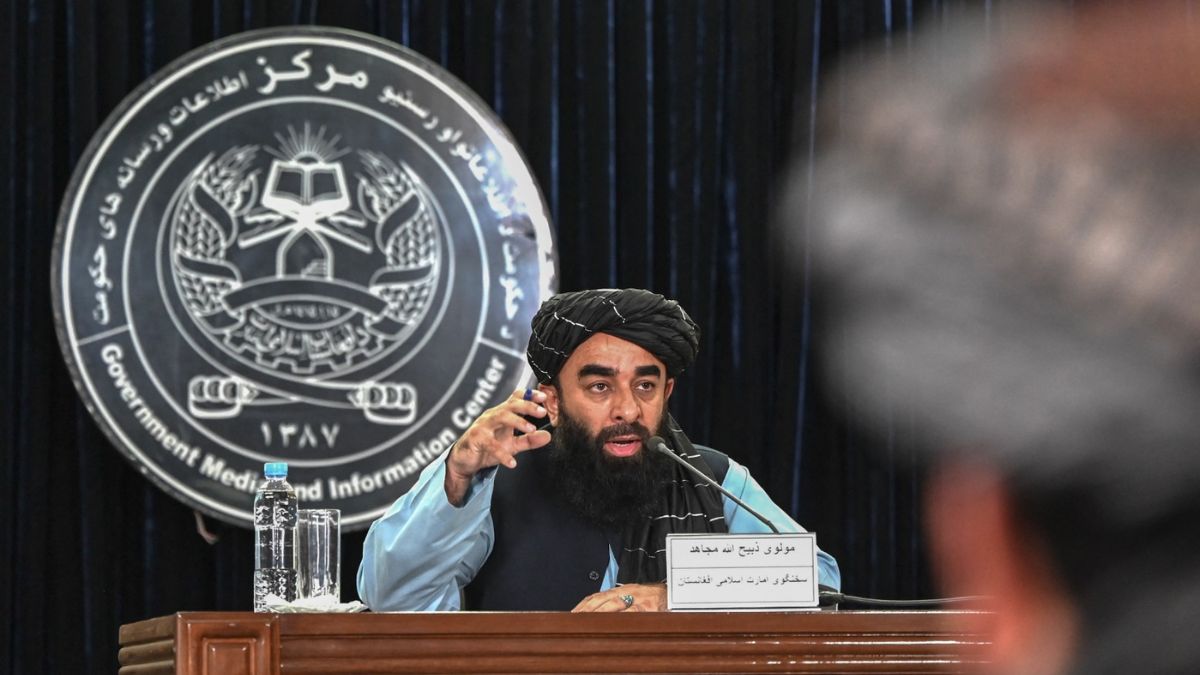)
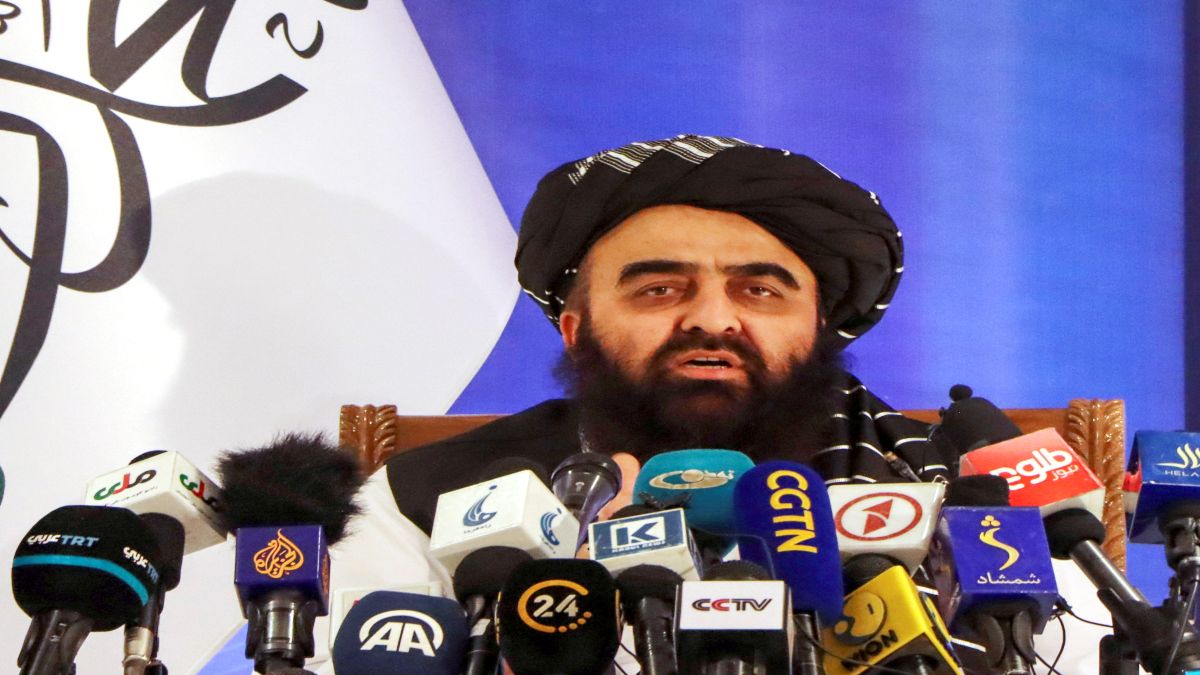)



